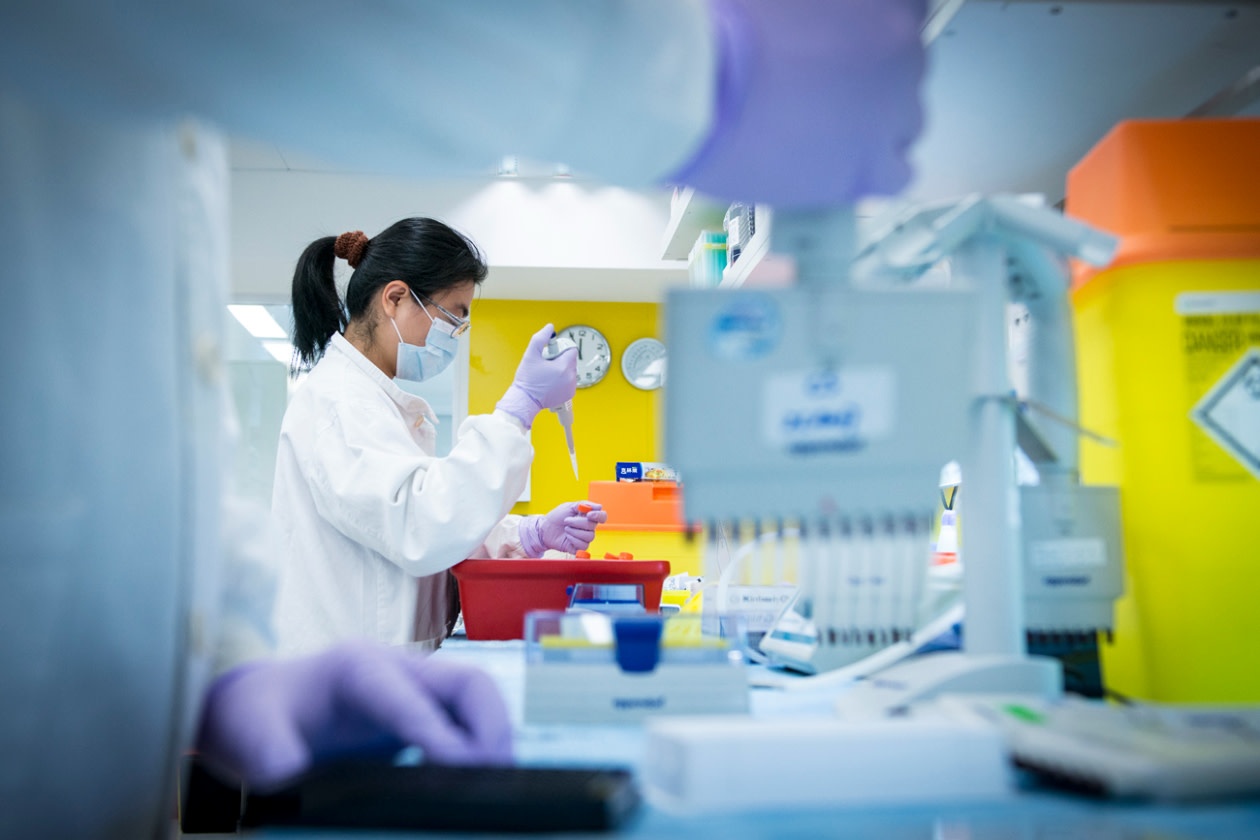AstraZeneca’s revenue grew by 11% in the first half to $28bn, when ignoring currency movements. Growth was broad based across therapeutic areas and geographies.
Underlying operating profit grew by 13% to $9.4bn, with 17% growth in research & development expenditure to $6.5bn contrasting with slower growth in other parts of the cost base. Over the period, there were 12 positive late-stage clinical readouts and 19 approvals in major regions.
Free cash flow rose from by $1.2bn to $6bn driven by the growth in profits. Net debt was $25.3bn.
AstraZeneca raised the interim dividend by 3% to $1.03 per share.
2025 guidance is unchanged. Revenue growth is expected in the high-single digits, with growth in underlying earnings per share in the low double-digits.
The shares were flat in early trading.
Our view
AstraZeneca’s risen to the challenge of drug price negotiations by US healthcare providers with solid first-half sales growth, underpinned by strong performances by several of its key blockbuster drugs. Over the full year, we see some scope for upside to guidance, but there can be no guarantees.
Reaching its $80bn annual revenue target and a mid-thirties operating margin by 2030 won’t be without challenges. But there’s a strong outlook for existing medicines as well as the pipeline of potential new products, an area where Astra's hit rate in the clinic has been impressive.
Cancer treatments are a cornerstone of Astra's offering. The diverse late-stage pipeline means there are lots of potential shots on goal as it pioneers technologies with the potential to replace existing treatment regimes.
But Astra’s biggest selling drug is Farxiga, which treats cardiovascular disease, kidney problems, and type 2 diabetes. These related disease areas represent another area of focus and opportunity for the group. Next year’s US patent expiry for Farxiga is a risk to be wary of, but clinical efforts to prove the benefits of combinations with medicines in the research pipeline have the potential to drive further sales growth. As with all drug development, there can be no assurance of a positive outcome.
Net debt sits at about 1.2x forecasted cash profits which doesn't look too demanding. The group's likely to put more money into research and development. Continuing success in drug approvals will be needed in order to offset the potential loss of revenue from patent expirations over the coming years.
For now, however, Astra is generating strong cash flows from its existing portfolio of marketed medicines. This helps support a prospective dividend yield of around 2.3% - though no returns are guaranteed.
The valuation is below the long-term average, reflecting concerns around tariffs and the potential for more draconian action on drug pricing in the United States. But US trade deals with the UK and the EU, as well as the Anglo-Swedish company’s growing footprint in the United States, give us confidence that the tariff risk is manageable.
As for Donald Trump’s proposal to implement ‘Most Favoured Nation’ pricing, there are still a lot of obstacles to clear. If it does become law, it will impact Astra’s bottom line, but the downside looks limited compared to some of the peer group.
If AstraZeneca continues its track record of clinical and financial success, then the future looks bright. But there are no guarantees and given the risks inherent in the industry, investors need have some tolerance for disappointments.
Environmental, social and governance (ESG) risk
The pharmaceuticals sector is relatively high-risk in terms of ESG. Product governance, particularly with safety and marketing, and affordable access to treatment are the key risk drivers. Labour relations, business ethics and bribery and corruption are also contributors to ESG risk.
According to Sustainalytics, AstraZeneca's overall management of material ESG issues is strong. However, ongoing investigations into employee activities in China should be closely followed. The executive compensation plan includes a target to eliminate greenhouse gas emissions by 2025, and the sustainability strategy is overseen by upper management. AstraZeneca has implemented a robust programme to monitor patient safety trends and ensure the quality and efficacy of its products.
Access to healthcare is a key strategic priority. The company has a strong human capital development programme with initiatives to recruit and retain highly specialised employees, highly pertinent following the acquisition of Alexion which adds 2,500 headcount.
AstraZeneca key facts
All ratios are sourced from LSEG Datastream, based on previous day’s closing values. Please remember yields are variable and not a reliable indicator of future income. Keep in mind key figures shouldn’t be looked at on their own – it’s important to understand the big picture.
This article is not advice or a recommendation to buy, sell or hold any investment.No view is given on the present or future value or price of any investment, and investors should form their own view on any proposed investment.This article has not been prepared in accordance with legal requirements designed to promote the independence of investment research and is considered a marketing communication.Non - independent research is not subject to FCA rules prohibiting dealing ahead of research, however HL has put controls in place(including dealing restrictions, physical and information barriers) to manage potential conflicts of interest presented by such dealing.Please see our full non - independent research disclosure for more information.


